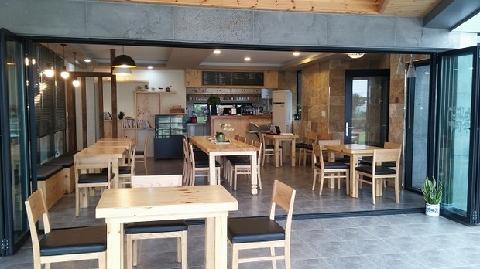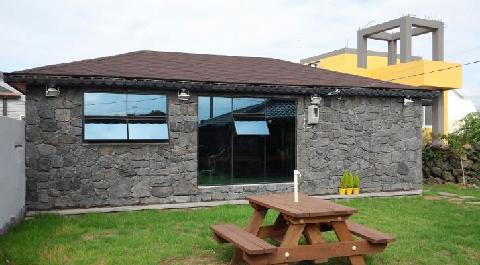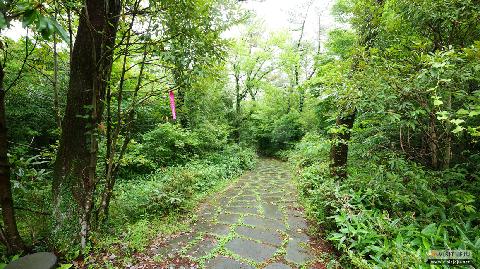LOOKING FOR SOMETHING?
- Visit Jeju Search results
- External Search results
Japanese Search results
MapSearch results 123Item
- Beopjeongsa Temple
- Altteureu Airfield
- Gama Oreum Volcanic Cone
- Songaksan Mountain Cave Fortification
- Baneul Oreum Volcanic Cone
- Seoubong
- Seongeup Village
- Hwanguji Coast Yeoldugul Cave
- Dodubong
- Eoseungsaengak
- D & DEPARTMENT JEJU
- Tulbone Cat
- Yumeyama
- Grand Kitchen
- Aurora Foods (Jeju Soba)
- Landing Dining
- Cafe SOBANI
- Salrang Salrang Shabu-shabu
- Gambinamu
- Gimnyeong Mongsaengi
- Jeju Shinhwa World Marriott Resort
- Jun House
- Be Road House
- Nolmeong Suimeong Goreumeong
- Mongjo Minbak Mung3.com
- HOTEL THEBORN
Tourist SitesSearch results 72Item

Beopjeongsa Temple
The Birthplace of the Beopjeongsa Anti-Japanese Resistance Movement signpost
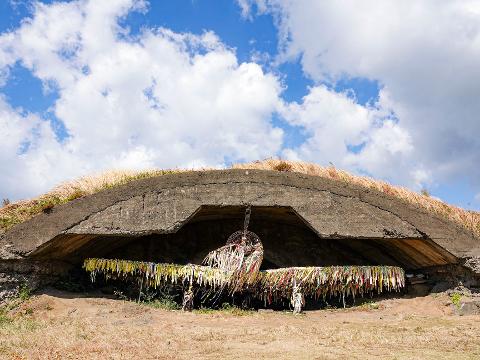
Altteureu Airfield
Traces of Japanese Imperialism Remain in These Hangars
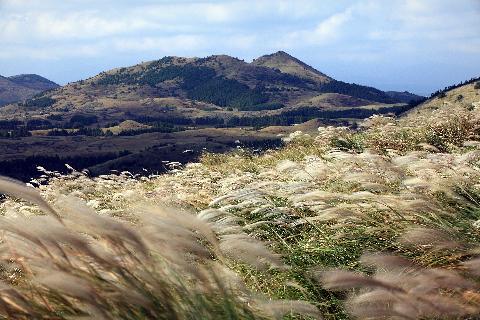
Gama Oreum Volcanic Cone
Part of Jeju's Painful History
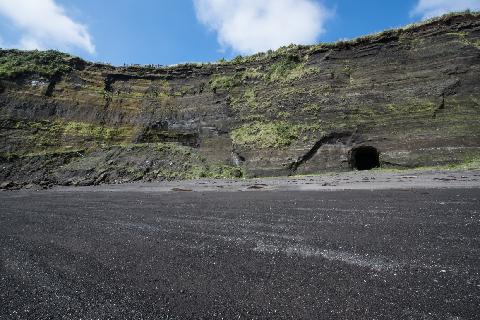
Songaksan Mountain Cave Fortification
A Cave Bearing the Sad History of World War 2
RestaurantsSearch results 42Item
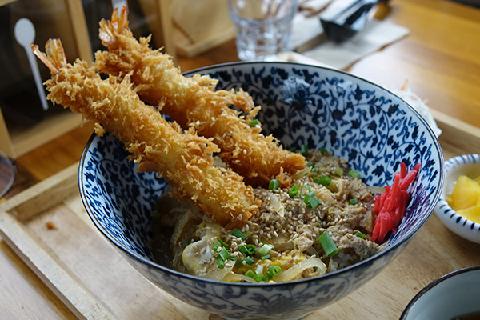
Tulbone Cat
A Japanese-style homemade meal in Wimi-ri village

Yumeyama
Experience a splendid teppanyaki performance in front of your eyes while enjoying skewers and sushi dishes prepared by a Japanese chef.
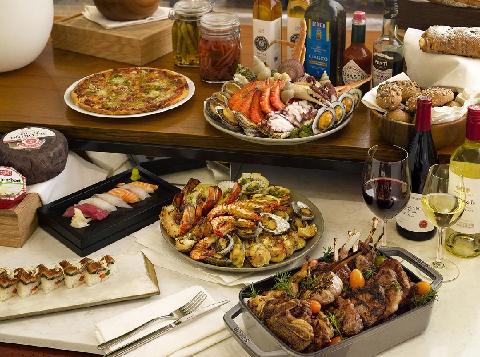
Grand Kitchen
An buffet restaurant that serves a variety of international dishes prepared in front of your eyes by professional chefs.
Aurora Foods (Jeju Soba)
A restaurant specializing in soba noodles with a uniquely Korean broth
LodgingsSearch results 8Item
ShoppingSearch results 1Item
Theme travelSearch results 73Item

Dark Tourism: Painful memories of Jeju Island - Korean Independence (Aug. 15) and the Jeju Hangil Anti-Japanese Movement
The emerald sea and vast expanses of pasture, the fields of fragrant springtime canola flowers, and the windy island paths marked by basalt stone walls. This is undoubtedly Jeju scenery, and peaceful scenery at that. However, during the Japanese Occupation of Korea from 1910 to 1945, Jeju was used as a strategic outpost due to its proximity to Japan. Particularly at the end of World War 2, Jeju became an area where Japanese forces prepared to make a last stand, resulting in the island being caught up in the final frenzy of the war. This year marks the 72nd anniversary of the end of World War 2, and so in remembrance, here are a few of the wartime occupation sites that you can view for yourself and learn more about this tragic event in Jeju’s history.
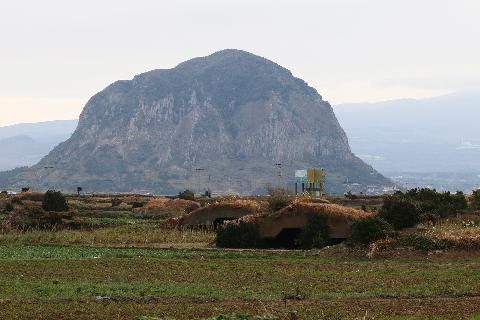
Remnants of Jeju’s tragic history: The Japanese colonial period
As with many parts of Korea and the region in general, Jeju Island has experienced a significant amount of strife over the centuries. The Japanese occupation (dating roughly from 1910 to 1945) is one such event which has left lasting scars on the island and it’s people. But we shouldn’t look away...
From Muobeopjeongsa Temple to Donnaeko Valley, (Walking along Dongbaek-gil Trail)
On Hallasan Mountain, a mountain that represents Jeju, there is the Halla Trail, a fantastical forest path where you can meet nature. The Halla Trail, which surrounds the national forest that sits 600 to 800m above sea level, is an 80km-long forest path that connects Muobeopjeongsa, Sioreum Parasitic Cone, Suakgyo Valley, and Iseungak (Iseungi Volcanic Cone) by using a logistics road and forest trail built during the Japanese occupation of Korea and a transport road for shiitake mushroom farms. For some, Halla Trail is a place to experience the history, ecology, and forest culture of Jeju, whereas, for others, it is a place to heal the difficulties of everyday life. Among the various Halla Trails, we introduce Dongbaek-gil Trail where you can heal with nature and view the history and ecology of Jeju from a diverse perspective.

There is no fixed limitation in history (Dark Tourism)
You may have heard of the saying, “there is no fixed limitation in history.” It means that we shouldn’t think of history as a time that has simply passed or as the past. Around 70 years ago, there was an incident called Jeju April 3rd uprising. Though there was a time when The Jeju April 3rd Uprising itself was taboo, many people remember what happened in Jeju during this time, and are putting effort into finding the truth. Perhaps, isn’t one of the reasons that the honor of the The Jeju April 3rd Uprising victims is being restored is that we are bearing fruit little by little because we haven’t forgotten the past? The topic that will be introduced in this volume is “dark tourism.” Dark tourism has a slightly different purpose from recreation and tourism. It’s about visiting a site that contains historical pain to see, hear, and learn from what happened at the time. Let’s carefully dive in to take a look into Jeju’s history. Reference. Jeju dark tour
Festivals/EventsSearch results 3Item
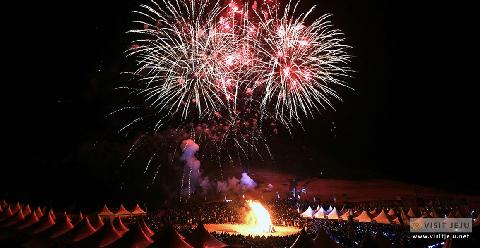
Jeju winter festivals to enjoy
Even though on the most pamphlets advertising trips to Jeju you can see photos of its white sand beaches and emerald-colored sea, going to Jeju in winter might as equally fun of an experience.
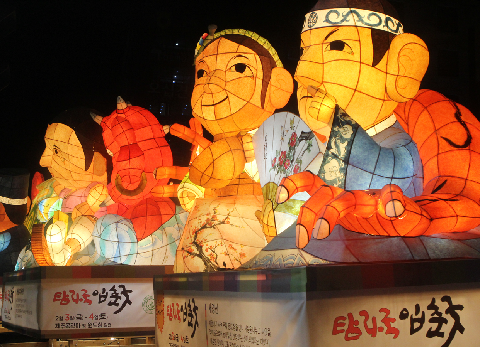
Tamna-guk Ip-chun Gut (Spring Welcoming Ritual of Tamna)
A Festival in Jeju’s Old city to Welcome Spring
EtcSearch results 0Item
- 'Japanese'No results found for
PhotographySearch results 0Item
- 'Japanese'No results found for

